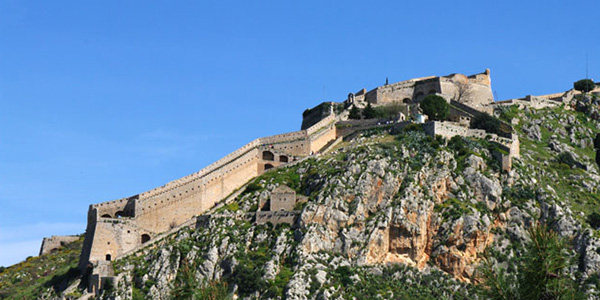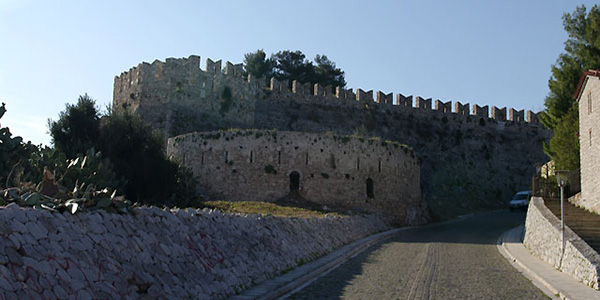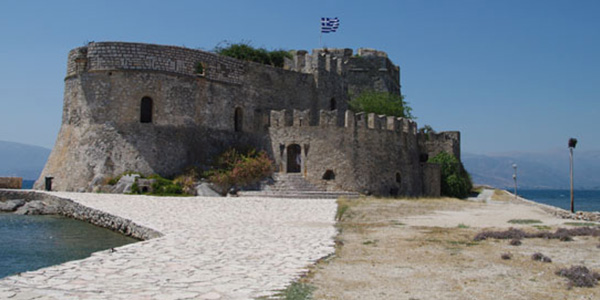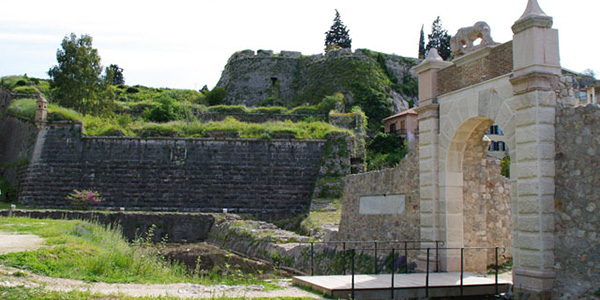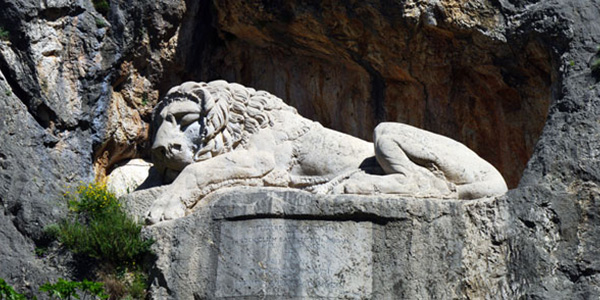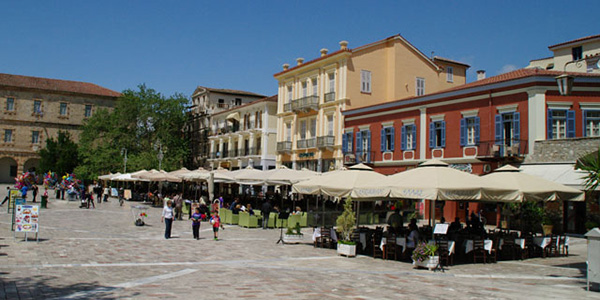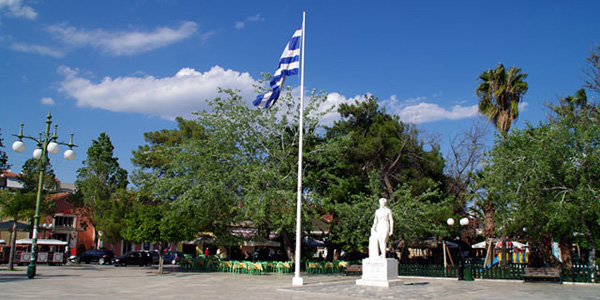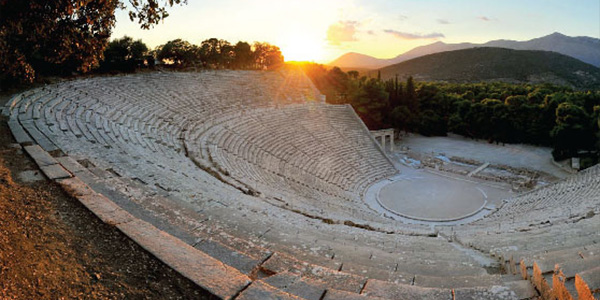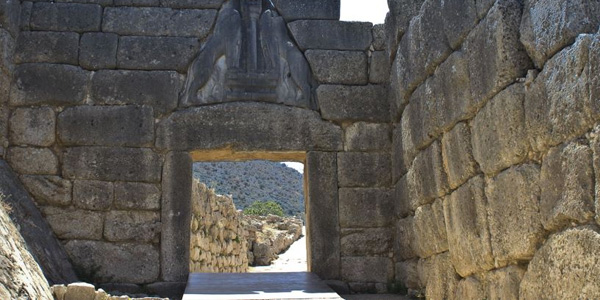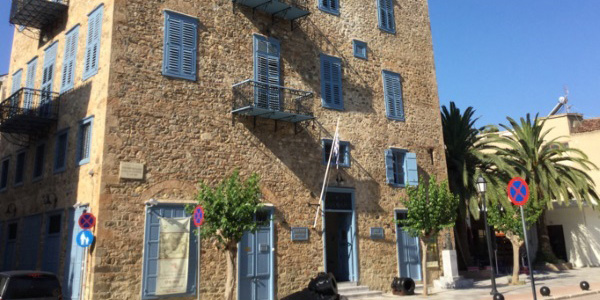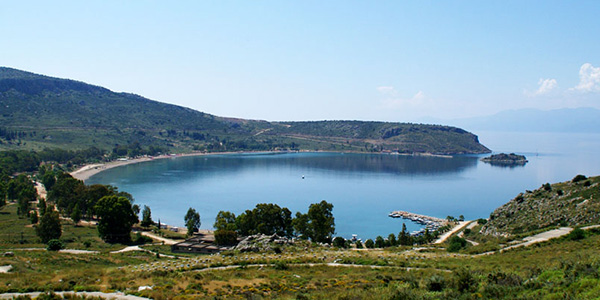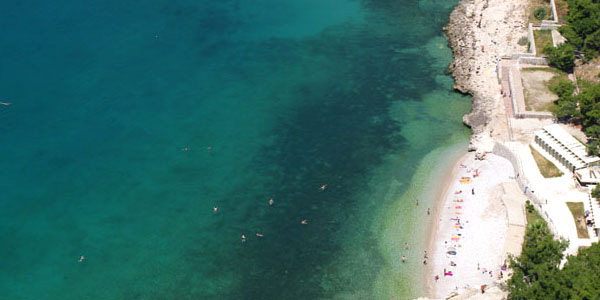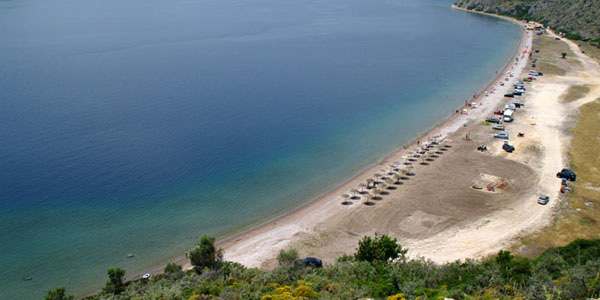And it is an ancient theatre that is still alive today. Since 1955, sensational performances of ancient tragedies have found their natural home here. A Unesco World Heritage Site, it is still a therapy for the body and soul, whether you attend a play or not.
What to do in Ancient Epidaurus
The ancient theatre of Epidaurus: A Unesco World Heritage Site
The famous theatre at Asclepius of Epidaurus is one of the most important monuments of ancient Greece and a world-class attraction. It combines perfect acoustics, elegance and symmetrical proportions. It was built around 340-33 BC, so that the patients of the Asclepion could watch theatrical performances and was in use until the 3rd century AD. Imagine it how it once was, when musicians, singers and actors performed here every four years in the spring. Imagine the dramatic performances and rituals that honoured the god of medicine, Asclepius, and be transported to another time.
A living theatre and modern myth
An institution from 1955 onwards, the ancient theatre of Epidaurus once again holds a prominent position in modern Greek culture. It has hosted acclaimed ancient dramas, operas, symphonies and dance performances, featuring top Greek and foreign actors, directors, set designers, choreographers, musicians and composers. The most famous of all the performances were those of the Greek National Opera in 1960 and 61 when the legendary diva Maria Callas sang Bellini’s ‘Norma’ and Cherubini’s ‘Medea’ respectively.
The Epidaurus Asclepion: the ‘mother’ of medicine in the Peloponnese
This lush green landscape in the Peloponnese, with its sunny climate and numerous thermal springs was the perfect location in which to build the Asclepion – the headquarters of antiquity’s god-physician and the most important healing centre in the Greek and Roman world. Its fame travelled beyond the borders of the Argolid and it is known as the birthplace of medicine. Its monuments are renowned masterpieces of ancient Greek art and have borne witness to the practice of medicine in ancient Greece. The worship of the god Asclepius was established here in the 6th century BC.
Coastal and cosmopolitan Old Epidaurus
This seaside settlement in the Peloponnese, with its latticework of beaches took life thanks to the performances in the ancient theatre. Every summer dozens of yachts and sailboats moor at its harbour. Actors and theatre aficionados have chosen it as their ‘hangout’ and many celebrities have built their villas here, among the citrus and olive groves.
Nea (New) Epidavros: a picturesque settlement in the heart of the Peloponnese
This picturesque settlement spreads across the rocky slopes. The sheltered little harbour has a marina and from the Venetian castle you can admire the Vothylas gorge.
Lygourio: a town with a long history
Built at the foot of the Arachnaio Mountain chain, Lygourio comes to life every summer thanks to the famous Epidaurus Festival. Its many sights are indicative of the long, rich history of the region. At the highest point of the village you’ll see the ruins of the walls of ancient Lyssa.
Hidden gems of Ancient Epidaurus
Little Theatre of Ancient Epidaurus
Built at the end of the 4th century BC, the little theatre of Ancient Epidaurus was discovered after 23 centuries of silence and oblivion, in 1972. The seats and thrones of the theatre are inscribed with the names of donors. It opened its doors for the first time ‘in some while’ with the Greek Festival, ‘Musical July’, in 1995.
Travel to the hangouts of legends
At a number of the traditional tavernas in the area, there are numerous reminders of the big names that have passed through here – actors, directors and opera divas, who dined here during rehearsals and after the premieres of their great performances in the ancient theatre of Epidaurus. The tradition lives on.
Kotsiomitis Museum of Natural History
At the entrance of Lygourio you’ll find this museum, which features rare exhibits that showcase the mineral, paleontological and natural wealth of the Peloponnese and of Greece. Its most impressive exhibit is a 235 million-year-old ammonite found at the site of the ancient theatre of Epidaurus.


